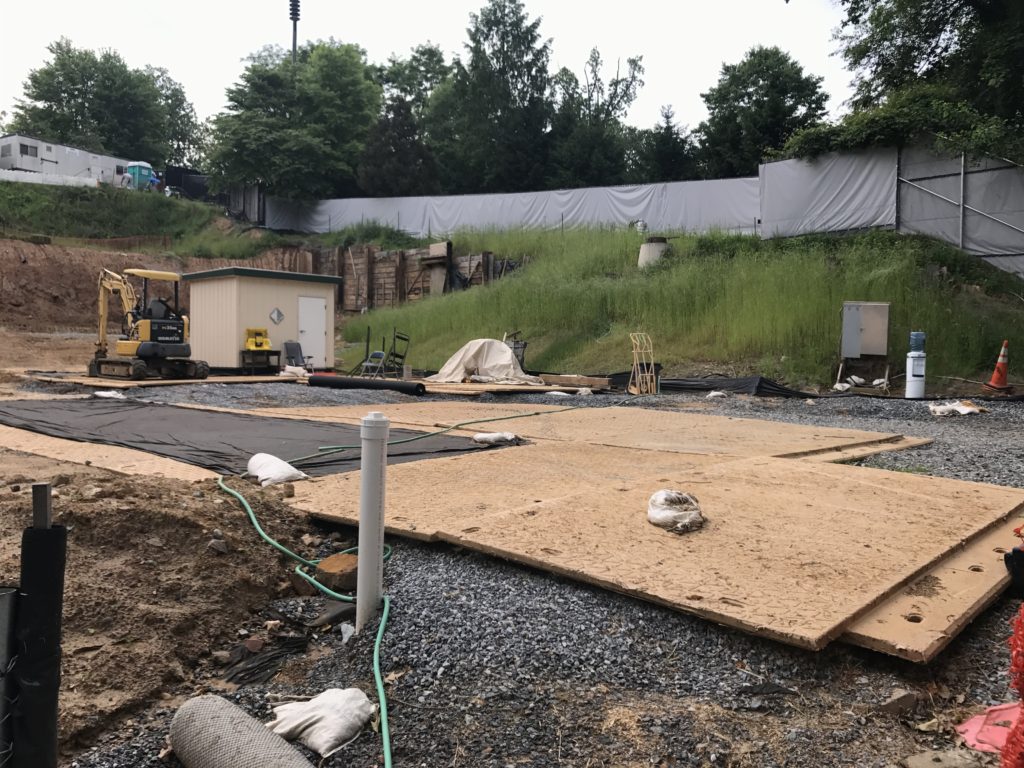12/02/2022 Stati Uniti, Washington, Distretto Columbia, Fort Totten
“If you ever come across anything suspicious like this item, please do not pick it up, contact your local law enforcement agency for assistance”
A World War I-era unexploded shell discovered in July 2020 by the National Park Service during construction of a trail through Northeast D.C.’s Fort Totten could be a prequel to the decadeslong cleanup of a former World War I chemical weapons site near American University’s campus. The type of weapon recovered and the history of where it was recovered have suggested a link between the discovery in Ward 5’s Fort Totten and Ward 3’s Spring Valley cleanup at the former American University Experiment Station used by the U.S. government for research and testing of chemical agents, equipment and munitions — once dubbed the “mother of all toxic dumps.” In response to WTOP’s reporting, D.C. Del. Eleanor Holmes Norton said she will be calling a joint meeting of the park service, the Army Corps of Engineers and Metro to discuss the issue of the chemical weapon and what should be done about it. “This is about the last thing Ward 5 wanted to hear,” Norton told WTOP. She said she hoped the joint meeting would also include the council members for Ward 3 and Ward 5 as well as the Advisory Neighborhood Commissioners. After 20 years of Spring Valley cleanup, “For them to discover traces of chemical weapons has got to be very concerning, which is why I believe we need a discussion of these issues immediately, with the appropriate agencies,” she said. The once-buried 75-millimeter shell was exposed after a period of heavy rain in a section of Fort Totten Park, where the National Park Service was constructing a paved, lit path to replace informal trails through parkland used by Michigan Park residents to reach the Metro. The path is located east of the Fort Totten Metro station, and west of South Dakota Avenue NE, and bounded on the north and south by Galloway and Gallatin streets.
Archival photograph
If you find anything that appears to be an explosive device, do not touch it, leave it where it is and call the police. We will contact the appropriate agencies to properly dispose of the item.
Dear editors, Biography of a bomb is aimed at highlighting the danger caused by unexploded bombs. Moreover, the most important aspect is that we work completely non profit, raising awerness about this topic is what drives us. We apologize if we make use of pictures in yours articles, but we need them to put a context in how findings are done. We will (and we always do) cite source and author of the picture. We thank you for your comprehension.





